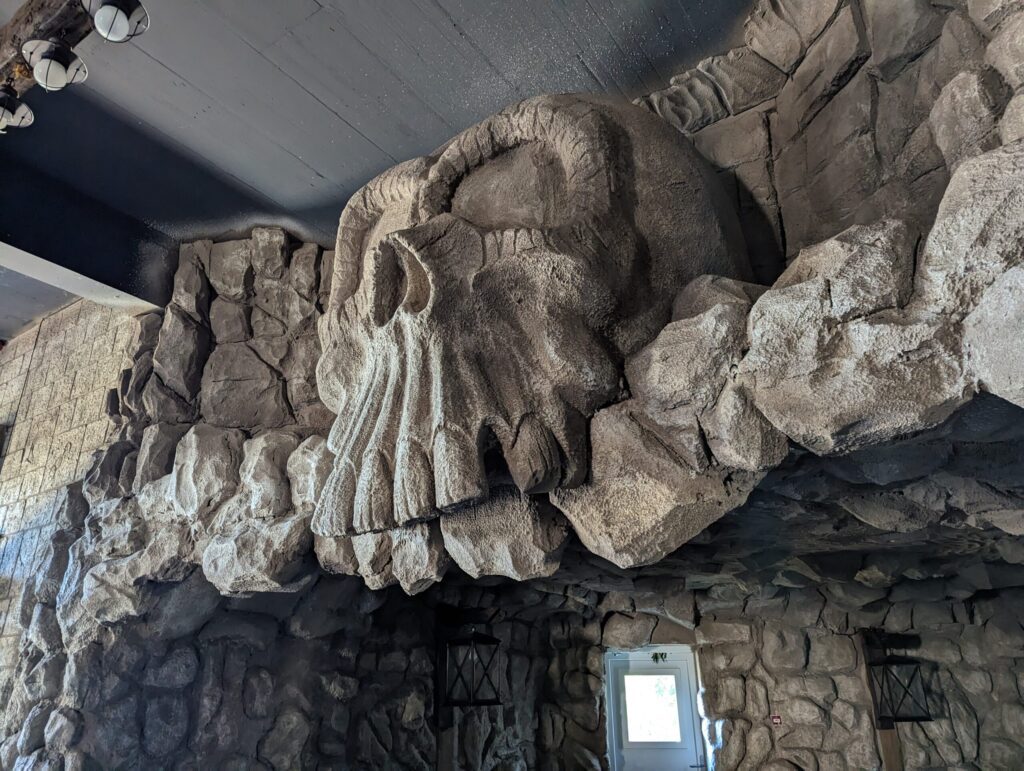
Imitation of natural stone: Manufacturing process
Natural stone has always been a symbol of strength and durability in architecture. Its texture, tones and natural appearance bring sophistication to any space. However, working with real stone is often expensive, requires complicated installation and maintenance. That is why materials that imitate natural stone have become a popular choice in modern construction and interior and exterior design. MIXFORM Stone Rock Wood brings the perfect solution for imitating natural stone, using innovative techniques and high-quality materials that mimic the look and feel of real rock.
In this post, we will explore the process of making imitation natural stone using MIXFORM technology and explain how this material can enhance any construction or design project.
Advantages of imitation stone with MIXFORM
Before we get into the details of the technique, it's important to understand why imitation stone is often preferred over real stone:
- Accessibility: Unlike natural stone, which can be expensive and difficult to transport, imitation stone with MIXFORM significantly reduces costs. The process is simpler, faster, and the materials are lighter, making installation easier.
- Versatility: Imitation stone can be applied to a variety of surfaces, including walls, ceilings and floors. It is ideal for both interior and exterior applications, allowing the creation of both rustic and modern designs.
- Easy to use: Technique with MIXFORM Stone Rock Wood is simple to perform, allowing for quick and efficient installation without the need for complicated infrastructure.
- Resistance and durability: The material used to imitate stone is extremely durable and resistant to weather conditions, moisture and mechanical damage, making it perfect for a long-lasting look without much maintenance.
The process of creating imitation stone with MIXFORM Stone Rock Wood
Making imitation natural stone with MIXFORM Stone Rock Wood It follows a detailed and precise process that allows for the creation of realistic textures and shades, almost indistinguishable from real stone.
- Substrate preparation
Before applying the plaster, it is important that the surface is clean and stable. Whether you are working on an exterior wall, interior space or other surface, the surface must be cleaned of dirt, dust and grease. In case of unevenness, a basic leveling of the surface is recommended. - Applying plaster
The plaster is applied in a thick layer on the prepared surface. The recommended layer thickness is one that allows for later shaping and texture creation. After the plaster is applied, it is necessary to wait a few minutes for the material to begin to set, but it must not dry completely, as this makes it more difficult to create a texture. - Using a textured roller
Once the plaster has set, the key tool for achieving the look of natural stone is a textured roller. The roller is made of silicone and allows you to create realistic stone textures. To allow the roller to move freely over the surface and prevent sticking, it is coated with a mixture of oil or synthetic thinner and sunflower oil.
When the roller is ready, it is gently passed over the surface of the plaster, creating natural irregularities that mimic the cracks and texture of stone. - Shaping by cutting
Once the plaster has dried to about 70%, it is time for detailed shaping. Using a scalpel and stone shaping tools, additional details are cut out, lines deepened, and edges shaped to achieve a more realistic look. This step is crucial for creating a stone that looks as if it was naturally formed, with irregularities that give the surface authenticity. - Painting and patination
Once the plaster is completely dry, the final step is painting and patinating. The stone is painted with diluted acrylic paints to achieve the most natural effect possible. The paints are applied in several layers, and the tones of the stone usually include shades of:
- Gray: Used to achieve the effect of concrete stone or gray rocks.
- Sandy: Lighter, warmer shades are perfect for imitating sandstone and Mediterranean stones.
- Brown: This color gives the depth and realistic look of older, natural rocks.
- Green and mossy: The effect of moss or stone age can be achieved by adding greenish tones, especially for exterior walls and garden elements.
- Black: Darker tones are used to create dramatic contrasts or darker rock formations.
Patination is performed by applying diluted darker tones to the material and then erasing them, which allows the color to penetrate deeper parts and cracks, creating the effect of light and shadow, as well as the natural aging of the stone under the influence of time.
Application MIXFORM Stone Rock Wood in practice
Imitation of natural stone with MIXFORM Stone Rock Wood offers unlimited application possibilities, whether it is for interior decoration or exterior surfaces. Here are some examples of applications:
-
Decorative imitation wood: MIXFORM plaster allows for the creation of faithful imitations of wood, creating natural wood textures. Lightweight and durable, it is ideal for interior and exterior surfaces that require the aesthetic appearance of wood without the maintenance of real wood.
-
Decorative imitation stone: With MIXFORM plaster you can create authentic surfaces that mimic the look of natural stone. This material offers durability and adaptability, providing a rustic or sophisticated look, ideal for facades and walls.
-
Textured finish: MIXFORM plaster is used to create a variety of textured finishes on facades, providing an elegant and modern look. Weather-resistant and adaptable to different styles, it perfectly complements the aesthetic value of the building.
Why choose MIXFORM Stone Rock Wood?
MIXFORM Stone Rock Wood offers practicality that makes this material the ideal choice for all types of projects. Its ease of application, adaptability and durability allow you to achieve professional results at minimal cost. Thanks to its high quality and realistic effects, this material can bring elegance and naturalness to any space.

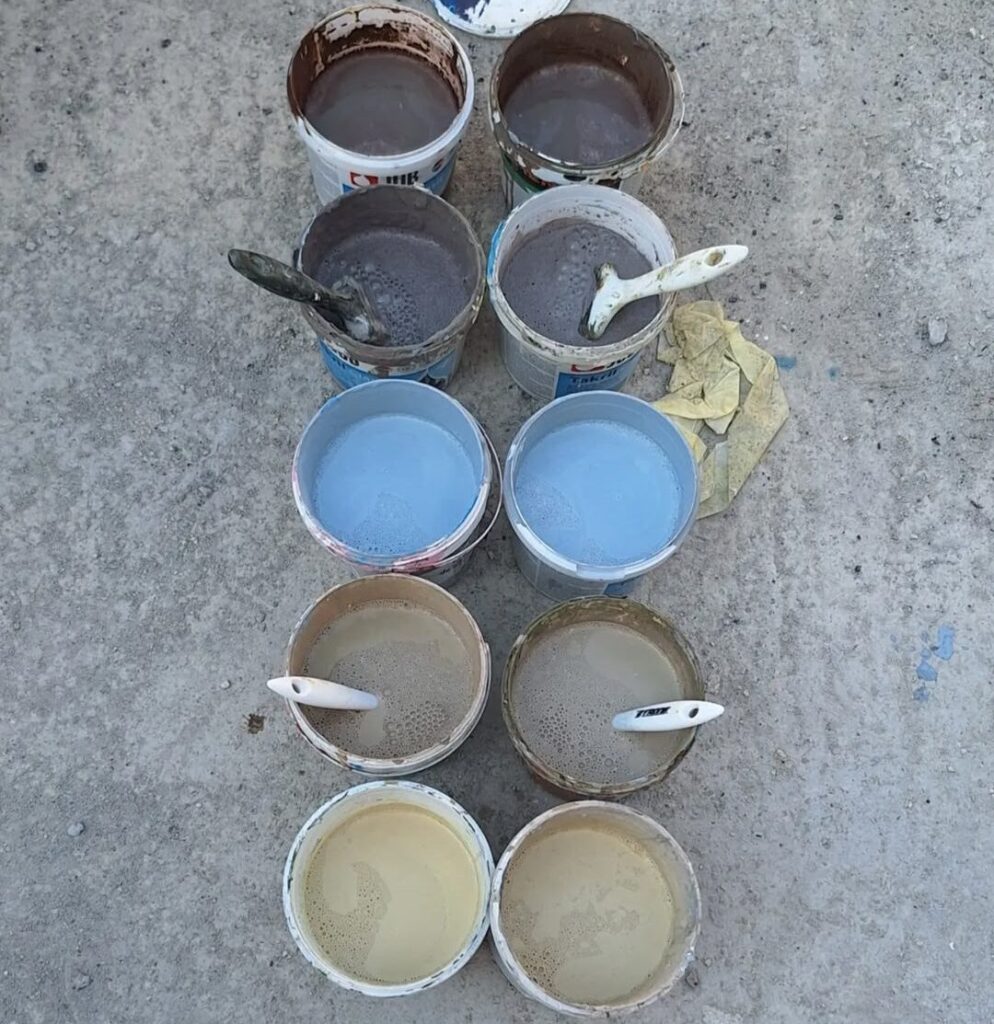
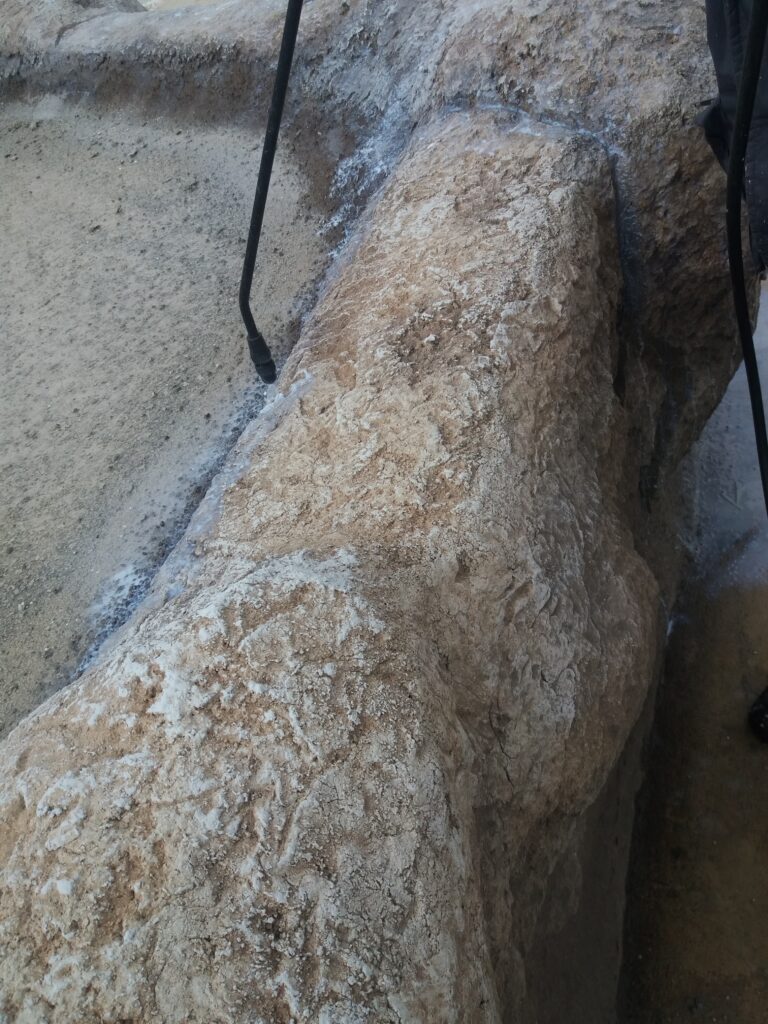
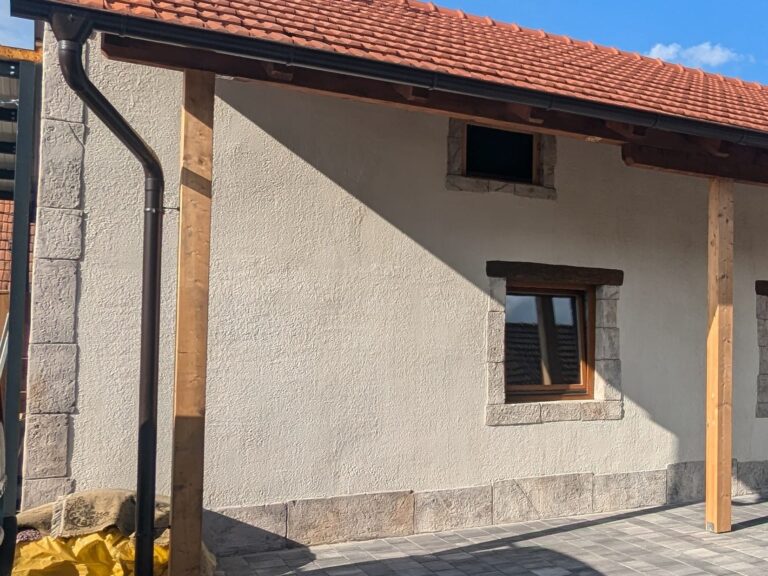
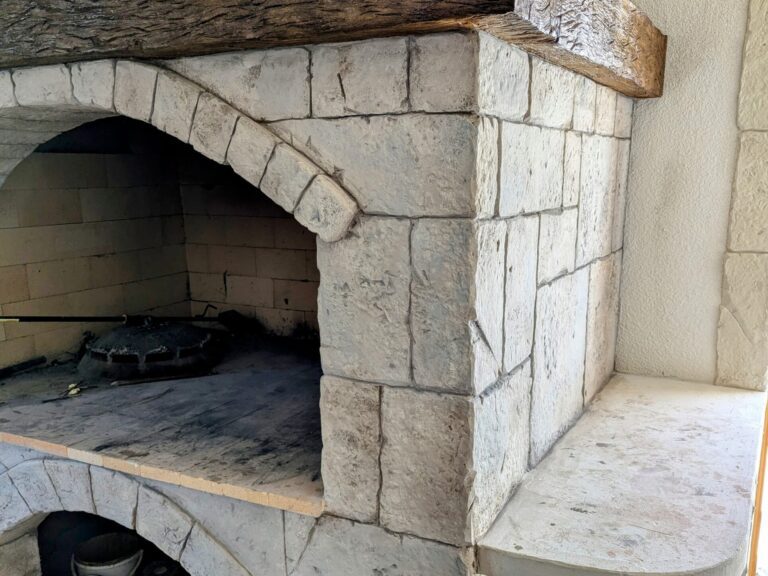

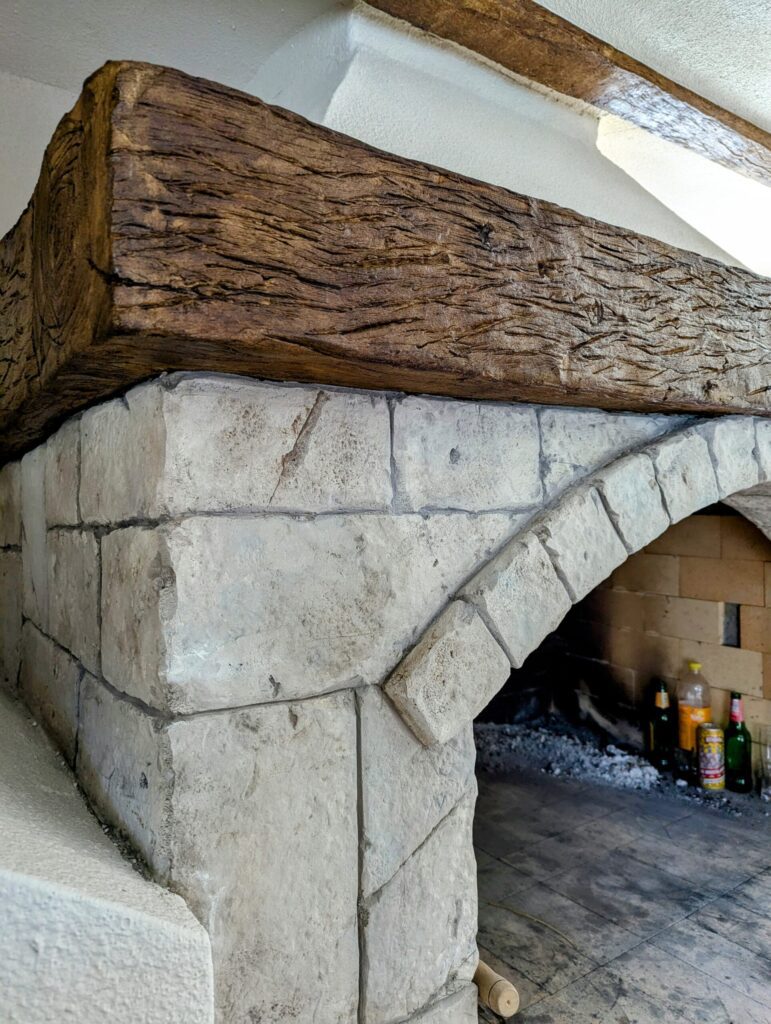
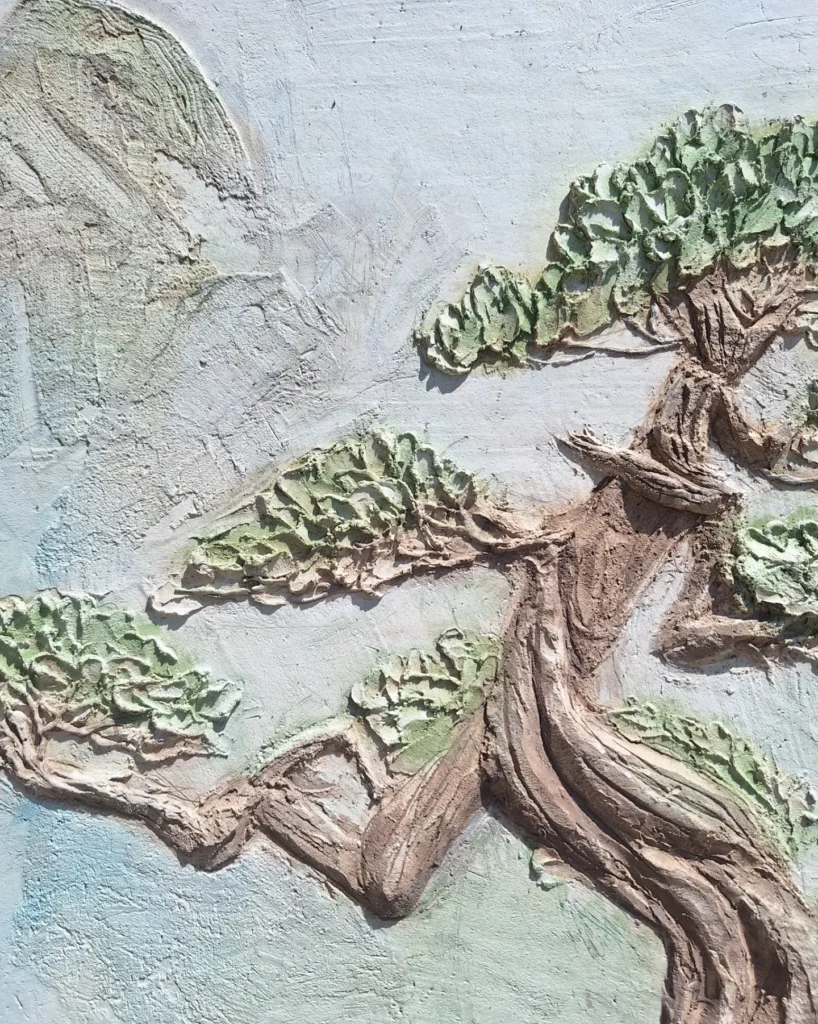
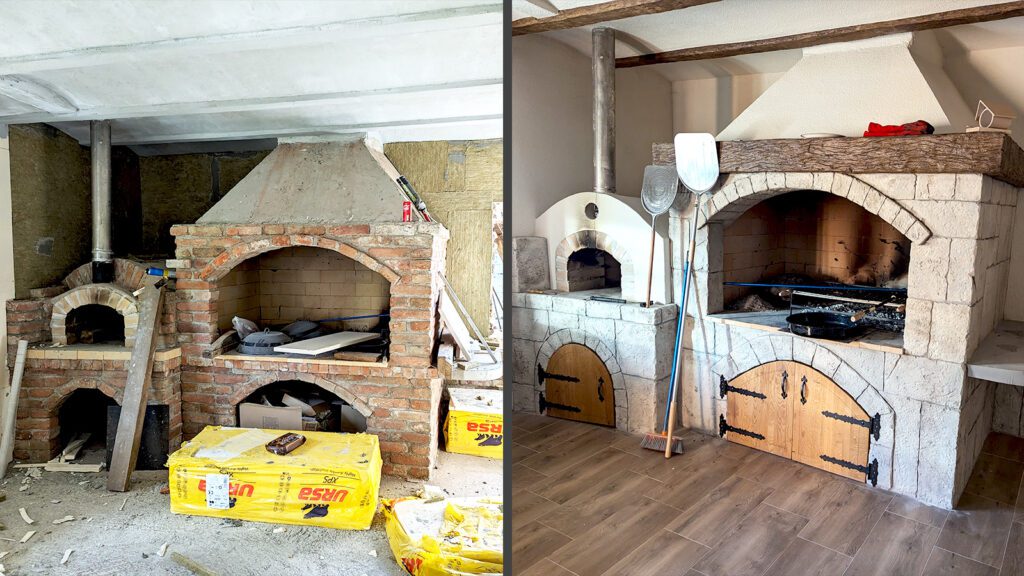
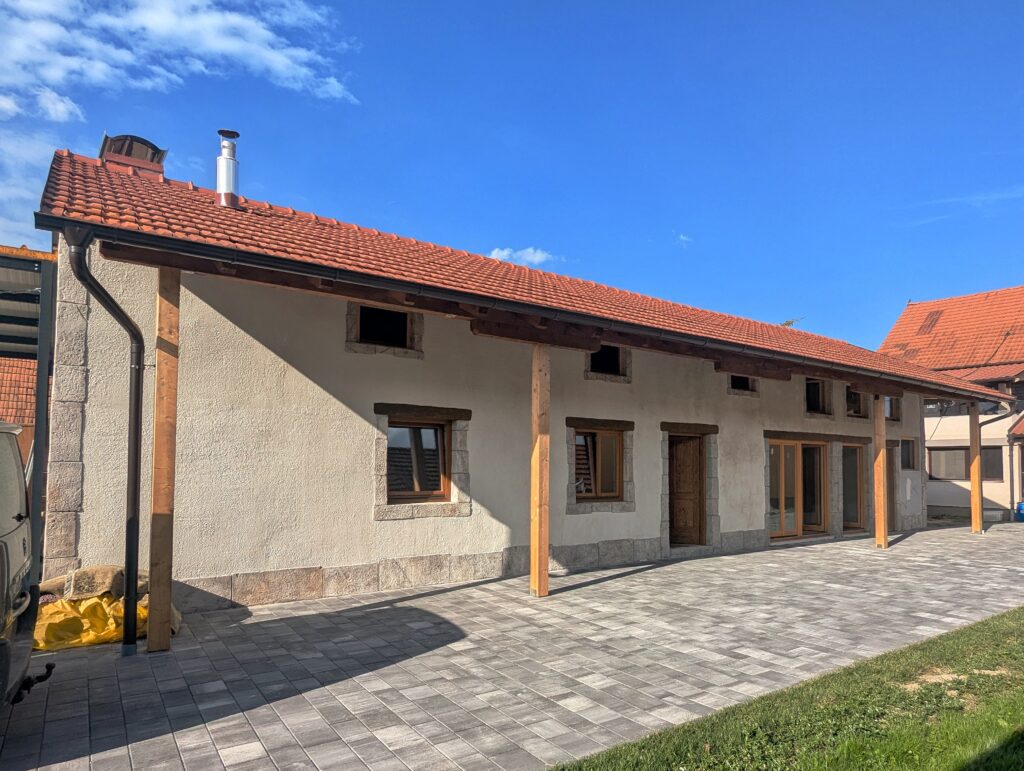
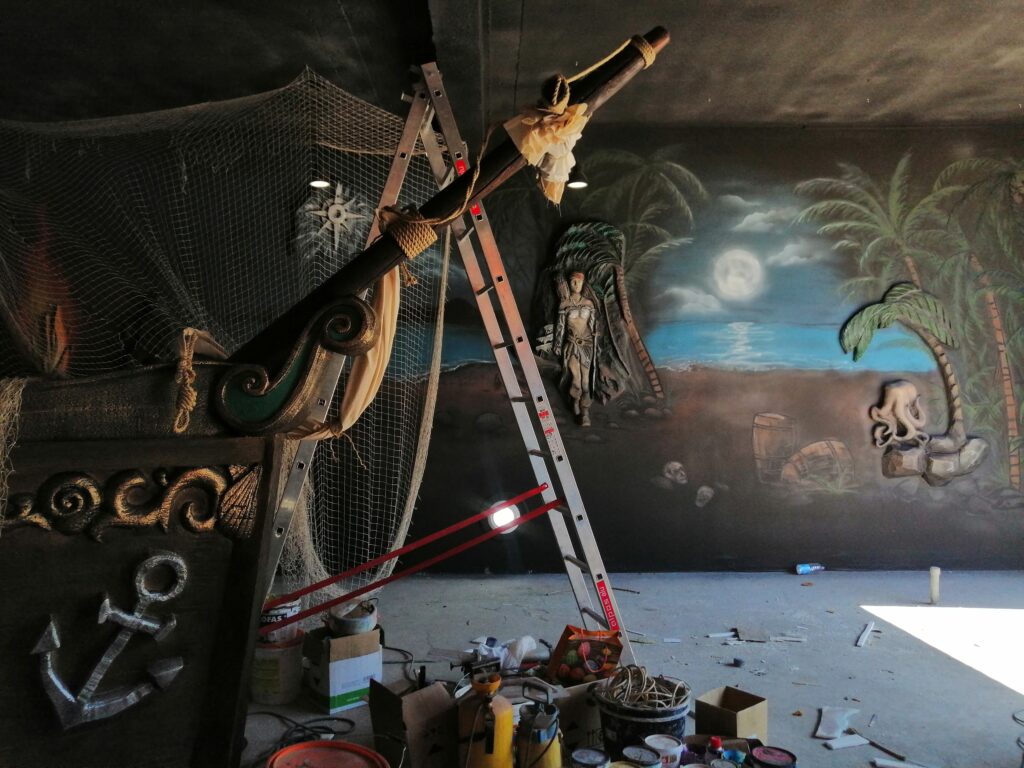

Responses